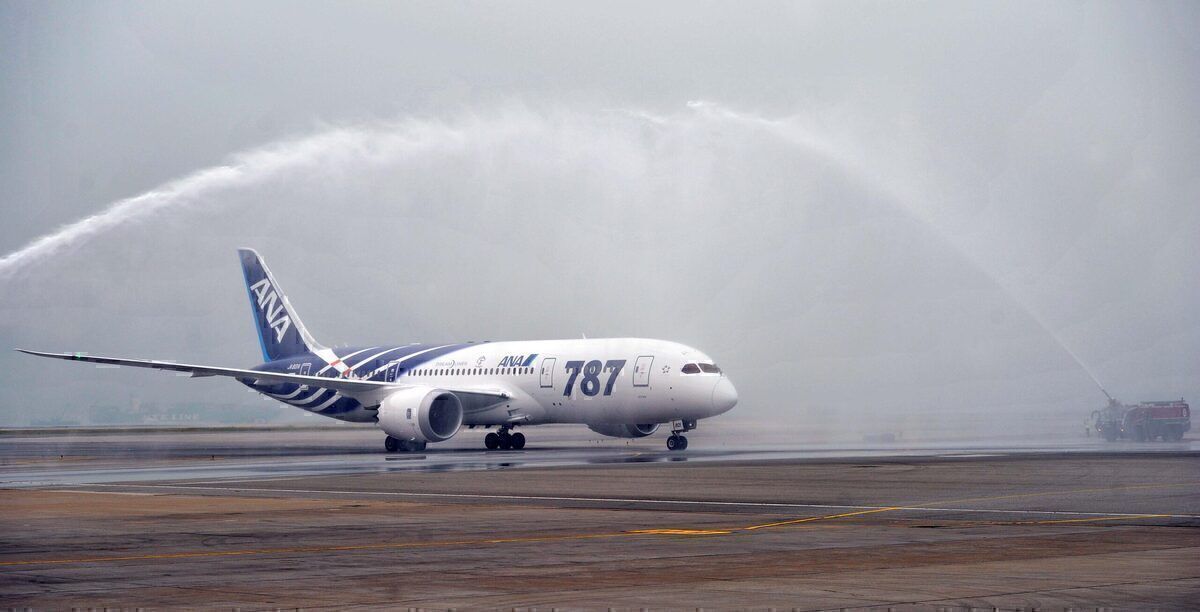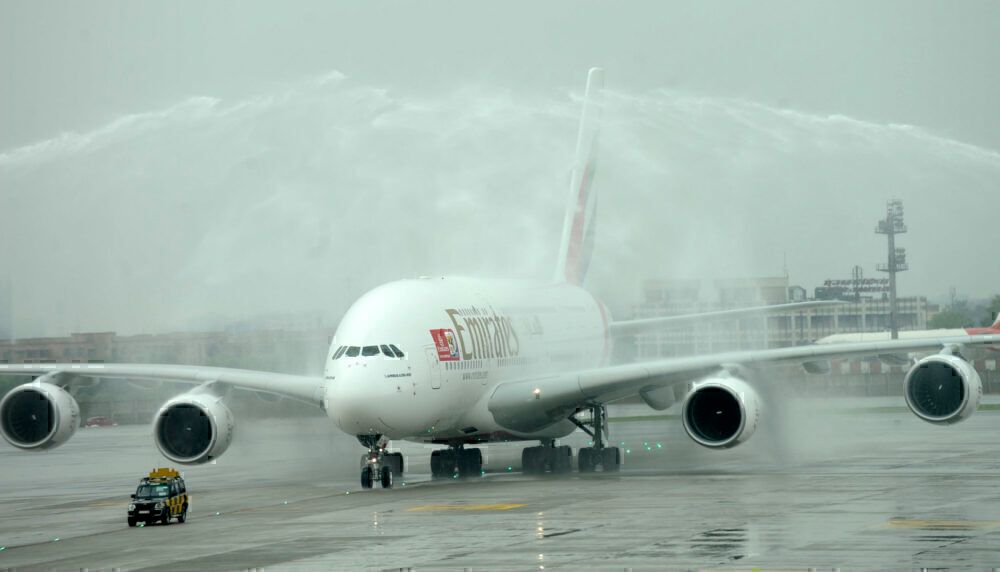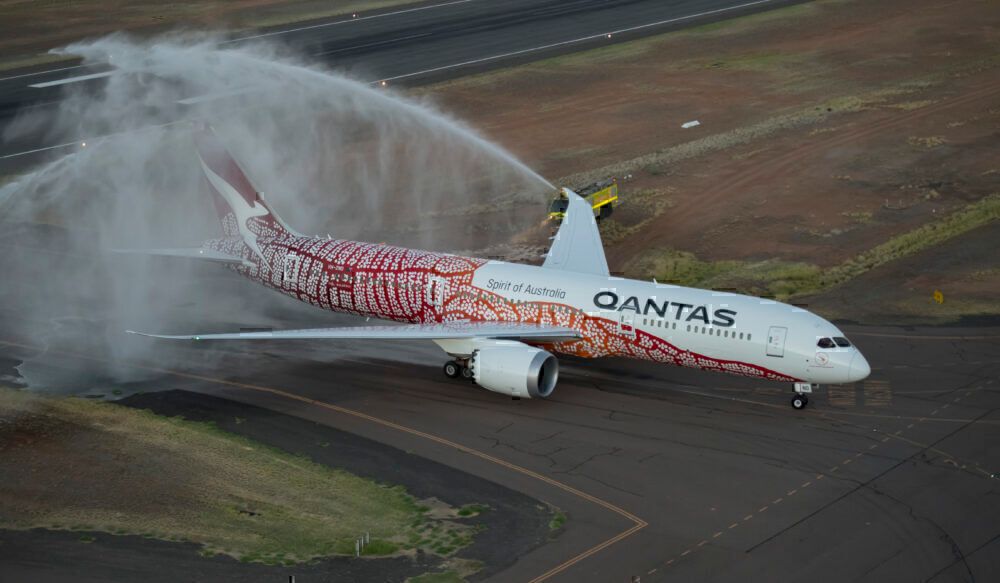Like many aviation industry practices, water cannon salutes can be traced back to the maritime industry. In the 19th and 20th centuries, as ships were launched on maiden voyages (and generally upon arrival into their first port), fireboats would mark the occasion with an arc of water.
Water cannon salutes quickly became a tradition. There's an unverified report that the tradition hopped across to the aviation industry as recently as the 1990s. A Delta Air Lines captain had just landed into Salt Lake City on his final flight before retirement. That airport's firefighting unit began spraying the water over the plane in acknowledgment of a fine career. From there, the practice spread like wildfire through the aviation industry.
Stay informed: Sign up for our daily aviation news digest.
A water cannon salute is a mark of respect
The water cannon salute at airports is now well established. These days, there are a few reasons why a flight might get a water cannon salute. In addition to a captain retiring, a salute might mark an aircraft's retirement, the arrival of a new aircraft, the arrival of a new airline into an airport, or the last flight out of an airport by a particular airline.
Essentially, like most salutes, the water cannon salute is a mark of respect.
For example, when the last Air France Concorde took off from New York's JFK Airport on May 31, 2003, three Kennedy firetrucks sprayed an arc of red, white, and blue water in front of the plane as it taxied to the runway for departure.
LaGuardia Airport gave the then-president-elect Donald Trump a water cannon salute back in 2016. That was when Mr Trump had to fly in his own Boeing 757 rather than Air Force One. LaGuardia's gesture was widely noted because Mr Trump had recently mentioned LaGuardia when describing his country's airports as "third world."
While there are protocols and unwritten guidelines, there are no hard and fast rules surrounding water cannon salutes. Unlike the Delta salute back in the 1990s, water cannon salutes are no longer ad hoc spur of the moment events. They have to be applied for and approved. Every airport will have different rules and conditions regarding them.
Salutes don't always go to plan
And it doesn't always go to plan. Last year, an Airbus A320 coming in from Jeddah was damaged by a water cannon salute after it landed in Dubai.
The salute was to mark Saudi Arabia's National Day. While the salute was planned, they forgot to tell the pilots. As the plane was taxiing, fire engines began spraying plumes of water over the plane.
But the water pressure from one of the fire engines was too high. As it hit the plane, it caused one of the plane's left forward over-wing emergency exit hatch to open, injuring the unsuspecting passenger seated beside the exit. This goes some way to explaining why water cannon salutes are regulated and controlled affairs these days.
Have you ever been in a plane as it passed under a water cannon salute? Post a comment and let us know about it.



